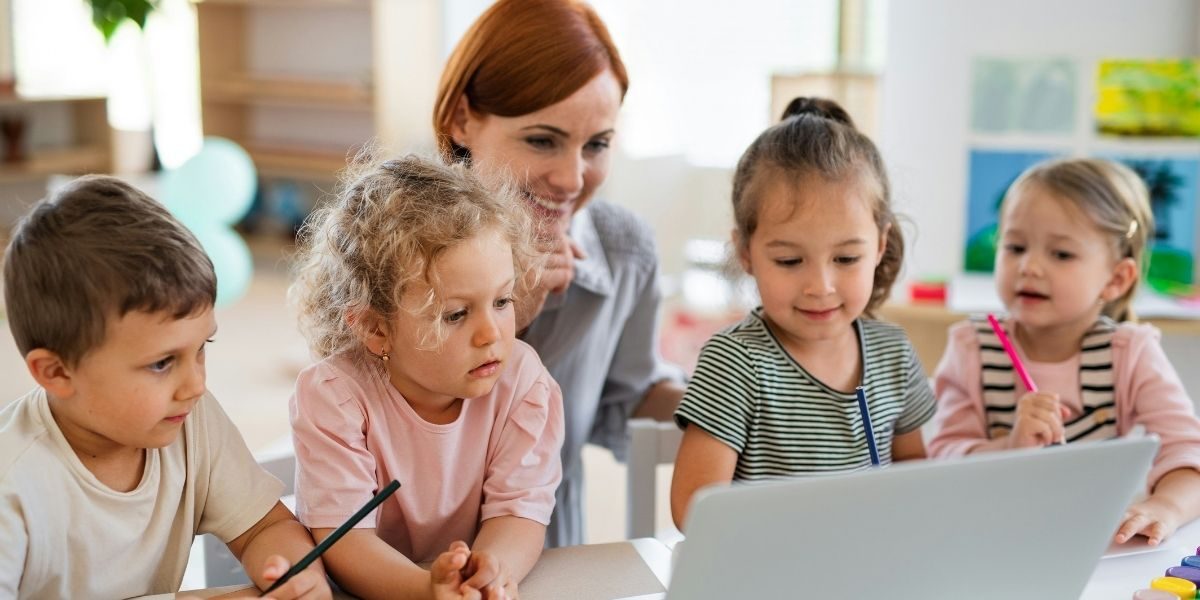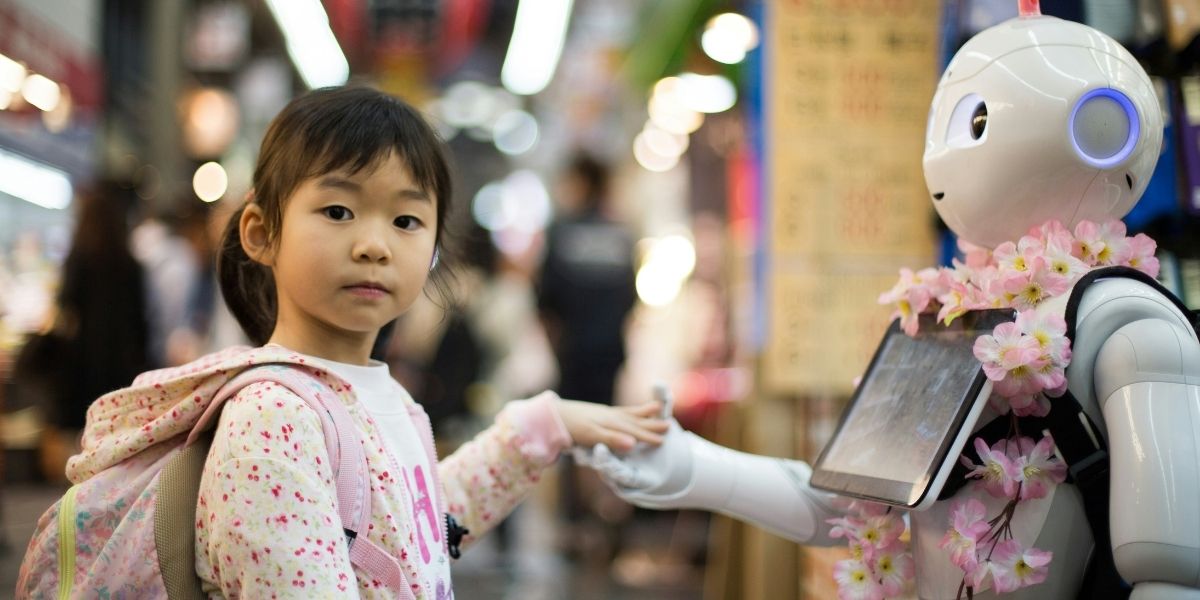Interactive History Lessons for Kids
History is a subject that can captivate young minds, but only if it’s taught in a way that’s engaging and accessible. Interactive history lessons for kids have become an essential tool for making this fascinating subject come alive. By incorporating technology, hands-on activities, and storytelling, educators can spark curiosity and make learning about the past a fun, memorable experience.
Read Also: How Simple Acts of Kindness Bring Lasting Joy
Why Are Interactive History Lessons Important?
Traditional history lessons often rely on textbooks and lectures, which can be dry for children. Interactive history lessons turn the learning experience into something dynamic and enjoyable. By actively involving kids in the learning process, these lessons help students retain information better and develop a deeper understanding of historical events.
When history is taught interactively, students are encouraged to think critically, ask questions, and form their own perspectives. This method not only enhances knowledge but also fosters important skills like problem-solving and creativity. History comes alive when kids are asked to step into the shoes of historical figures or engage in activities that simulate events from the past.
How Can History Be Made Fun for Kids?
There are countless ways to make history fun and interactive. For example, teachers can use role-playing activities where kids take on the roles of key historical figures, reenacting significant events. This could range from ancient civilizations to more recent history, helping children understand not only the facts but the emotions and challenges people faced in the past.
Another engaging approach is through technology. Educational games and apps focused on historical events can bring history to life with vibrant visuals and interactive content. Virtual tours of museums or historical sites allow children to explore places they might not otherwise have access to, all from the comfort of their classrooms.
Interactive history lessons can also incorporate arts and crafts. Kids can create timelines, draw maps, or make simple models that represent historical landmarks. These tactile activities deepen kids’ connection to history and give them a sense of accomplishment as they learn.
What Are the Benefits of Interactive History Lessons?
The benefits of interactive history lessons are far-reaching. First and foremost, they increase student engagement. When children actively participate in their learning, they’re more likely to retain the information they’ve absorbed. Studies have shown that interactive learning improves both short-term and long-term retention, making the lessons not only more enjoyable but more effective.
Additionally, these lessons encourage teamwork and collaboration. Group activities allow kids to share ideas and learn from each other, helping to build social skills. Interactive learning can also bridge the gap for students who struggle with traditional teaching methods. For visual or kinesthetic learners, hands-on activities and digital tools offer alternative ways to understand and absorb historical concepts.
Moreover, by engaging with history in creative ways, kids often develop a greater appreciation for the subject. They come to see that history isn’t just a collection of dates and facts—it’s the story of human experience, filled with drama, triumph, and tragedy.
Challenges in Implementing Interactive History Lessons
While the benefits of interactive history lessons are clear, there are challenges involved in implementing them. First, it requires access to resources. Not every classroom has the technology needed to offer virtual tours or use educational games. Additionally, some teachers may not have the training or time to develop interactive lessons that align with the curriculum.
Another challenge is balancing fun with educational value. While hands-on activities and games are engaging, it’s important that they don’t overshadow the educational content. Teachers must ensure that students are still gaining a deep understanding of historical events and concepts, not just having fun without absorbing knowledge.
However, with careful planning and creativity, these challenges can be overcome. Teachers can make use of free online resources, community partnerships, or simple classroom supplies to create meaningful interactive experiences. By combining fun with education, kids can learn about history in ways that inspire a lifelong love for the subject.
How Can Parents Get Involved in History Lessons?
Parents play a crucial role in reinforcing what kids learn in school, and interactive history lessons provide ample opportunities for them to get involved. One way is through shared activities, like visiting museums, historical landmarks, or reenactments together. These outings provide a real-world connection to the lessons learned in the classroom.
Parents can also encourage their children to create history projects at home, such as building dioramas or presenting a historical figure through storytelling or skits. This encourages critical thinking and allows children to dive deeper into specific periods or events they find intriguing.
Even when at home, parents can use books, videos, or online resources to spark discussion and inspire curiosity. By providing a rich historical environment both at home and at school, parents can help nurture their child’s interest in history.
Read Also: Farm-to-Table Dining in Northern USA: A Culinary Revolution
The Future of Interactive History Lessons
The future of interactive history lessons for kids is bright. With advancing technology and new teaching methods, there are endless possibilities for making history an engaging and fun subject for children. As education continues to evolve, it’s likely that more schools will adopt these methods, helping kids understand the past in a way that connects with their lives today.
Whether through role-play, digital tools, or creative projects, interactive history lessons will continue to shape how the next generation learns about the world around them. This approach not only builds historical knowledge but also encourages a deeper understanding of our shared human experience.








